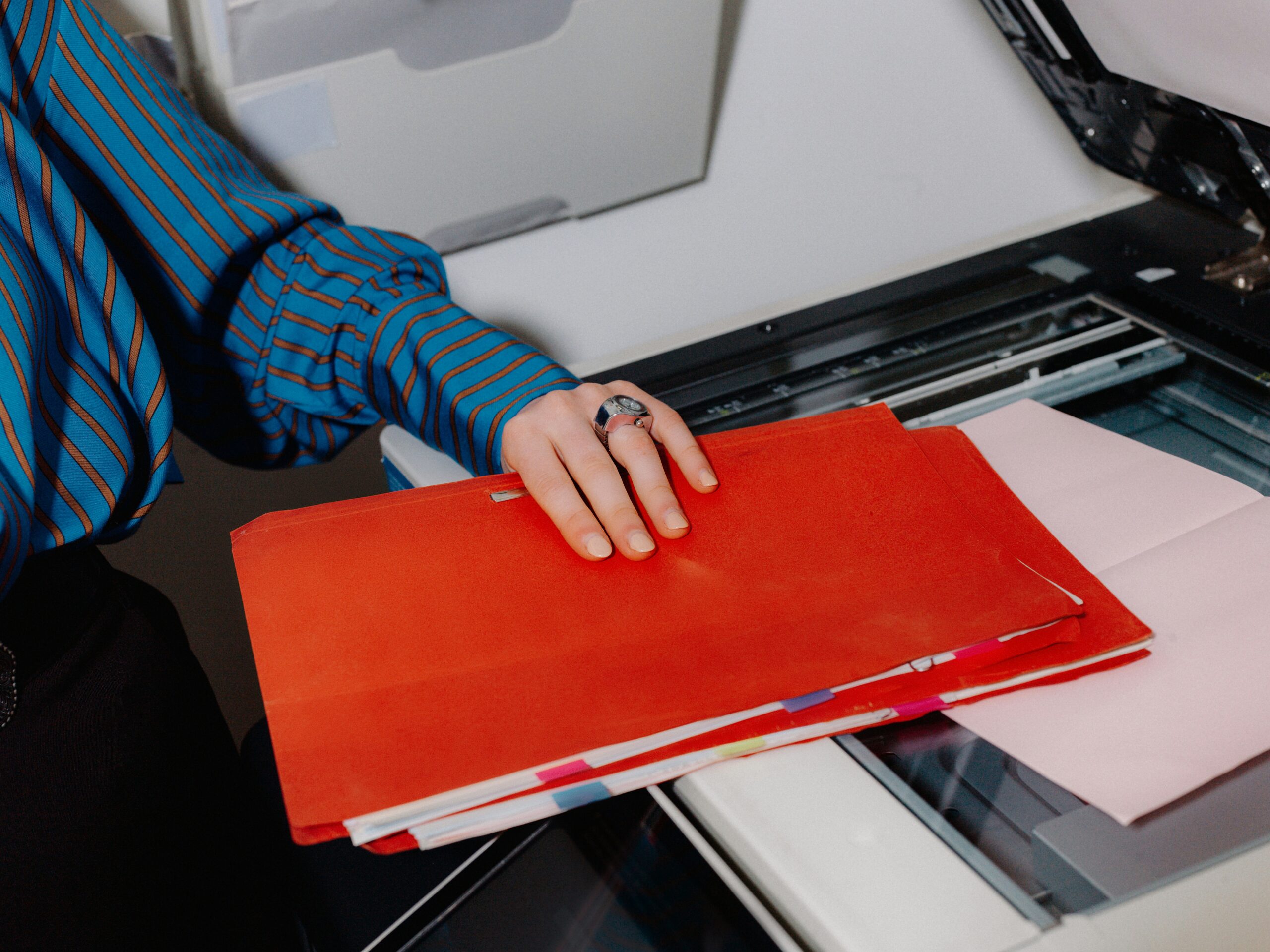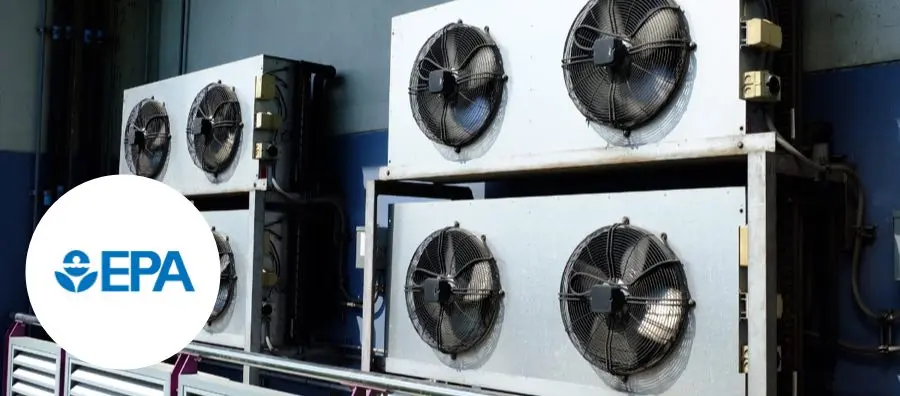
Trakref
HVAC/R 101: Where Does My Refrigerant Go?

We enjoy exploring the complexities of HVAC, refrigerant management, refrigerant tracking, legislation, and climate action, but on occasion more basic questions cross our desk. So here is a bit of HVAC/R 101.
Did you know that when a technician takes refrigerant from your site to be disposed of, it’s your responsibility both in terms of compliance and environmental sustainability stewardship to know where it’s going? Last month we discussed refrigerant recycling vs destruction of ozone depleting CFCs with the conclusion that between the two, destruction is the better option from both an economic and environmentally-sound standpoint.
Where does my refrigerant go?
Depends on whether you decide to recycle or destroy it. If you are like most people the gas you are responsible for is being sent to recycle. And, even if you are sending it to be destroyed, it will need to go to a certified reclaimer first. There are over 60 certified reclaimers in the USA, and many have been around for 10 or more years. Many of you might not even know the name of reclaim companies because you are sending gas through a distributor like a Johnstone or United who then sends the gas to the reclaimer for you.
Typically cylinders of all sizes are collected in one of the more than 5,000 distributors throughout the US, and they then build up enough inventory to meet the freight minimum requirements. Then they send them back for testing and weighing, and ultimately to an approved process that removes oil, water, acid & chloride from the refrigerant. If refrigerants are going to be reused and resold, then they must meet the EPA requirements which are defined in the AHRI standard 700. Some larger companies participate in a voluntary certification program hosted and run by AHRI, otherwise smaller firms have staff that do the testing - it's always good to ask how the reclaimer handles the testing.
Recycled/Reused
If refrigerants are to be recycled or reused (aka "reclaimed") there are 2 options:
- The gas can be cleaned and returned to you for future use. If you want, you can resell the gas as long as the buyer has a license; or
- Reclaimers buy the refrigerants from you or your wholesale supply house, and then they can resell to any 3rd party.
Pricing for either of these options is always based on volume, impurities, and market forces of supply and demand.
NOTE: If you intend to pay for, clean and return ask your vendor to certify that you are getting back recycled material and not virgin replacement - it matters if you want to use this material in certain applications
Problems that can arise
Not all refrigerants that are recovered can be recycled (reclaimed). For instance, although some sophisticated reclaim firms can recycle any refrigerant, most cannot recycle refrigerants like R-404 or 410. They lack the technology and many lack enough volume to meet the requirements set by separation technologies, and although a future concern, any refrigerant under patent is also restricted for recycle.
25% of all gas is mixed! Yes, this is true and is based on my experience ( I recycled more than 20 M lbs of refrigerant and handled more than 1 M recovery cylinders ). So that means 1 of every 4 lbs is mixed, but the more valuable the primary gas is, the more likely the gas can be separated. The technology exists to separate any refrigerant but the economics are the driver in this vast and growing segment of the market.
How do gasses get mixed? If any residue remains in a recovery cylinder that residue can impact the purity of the gas you are recovering. Also if you only have one recovery unit and it is not properly purged, this can also cause mixing. Although there are many other ways this can happen, beyond the expected sloppy practices, gas can intentionally be mixed by technicians with limited access to recovery cylinders. With more than 14 types of refrigerants in use, if a tech has 4 recovery cylinders on his truck, there are more varieties of gas than what inventory he can have of cylinders.
Destruction
Refrigerants need to have impurities removed before being sent for destruction. Impurities can disrupt the destruction process and cause fault or failure in the equipment. Also, destruction facilities encourage declaimers to batch materials together so that they receive the materials in one large vessel with a common blend ratio - the blend ratio matters.
Once recovered by a licensed technician, refrigerants are delivered to a waste management facility where water, oil, and other contaminants are removed. They then perform various tests to determine what materials are present and if there are any contaminants. Next, they are sent to a destruction facility where they are further tested to determine what materials are being destroyed. Eventually they are subjected to the appropriate destruction process for the substances in question, as defined by EPA best practices.
Approved Destruction Processes
The destruction must be carried out using technologies approved by the Montreal Protocol. This accord defined 3 broad categories of those approved destruction methods:
- Incineration Technologies
- Plasma Technologies
- Other Non-Incineration Technologies
Within these broad categories, the Montreal Protocol listed 15 approved technologies for the destruction of concentrated ODS like CFCs, HCFCs, and six of those technologies were approved for the destruction of concentrated halons. For example, rotary kiln incineration (most effective), argon plasma arc, or a chemical reaction with H2 and Co2 (least likely).
The bottom line is, whether it’s by incineration or the introduction of other chemical reactions, the complex molecules are broken down into simpler molecules that are safer for release. The FDA requires that the facility achieve a destruction and removal efficiency (DRE) of 99% as defined by the Clean Air Act.
What is Best for Climate Change?
We can’t help but circle back to the fact that even if we are making better decisions about the removal of waste ozone depleting substances (ODS), there is still a constant stream of ODS entering the atmosphere every day through leaks in active systems. Many companies are not operating in compliance, and may not have environmental sustainability and corporate sustainability initiatives in place. This impacts their environmental footprint. For example, do you know your leak rate?
It is estimated that 60 M lbs of refrigerant are recovered yearly. Roughly 18 M lbs goes back through proper reclaim channels for recycle or destruction and all the rest is reused (illegally), and if it is not destroyed then it is vented. Venting accounts for more than 90% of all refrigerants.
As a lifelong recycler of refrigerants, and a passionate advocate for reducing refrigerants' impact on climate change, it is apparent that recycling is not working. The technology is great, the companies doing the work are competent, but if gas is not destroyed it leaks into the atmosphere. The US government has never subsidized reclaim costs and the market is bearing the full responsibility to rely on supply/demand economics to support the entire recovery, transport, recycle, separation & destruction cost cycle. And it is only partially successful. Destruction has the greatest guarantee of reducing climate change because it ends the life of the molecule, whereas recycling can lead to future emissions if the next owner of the gas is not as responsible.
We’ve cited Project Drawdown and how refrigerant management is the #1 solution to climate change, and proper destruction and leak management . According to information collected by Paul Hawken:
Our analysis includes emissions reductions that can be achieved through the management and destruction of refrigerants already in circulation. Over thirty years, containing 87 percent of refrigerants likely to be released could avoid emissions equivalent to 89.7 gigatons of carbon dioxide. Phasing out HFCs per the Kigali accord could avoid additional emissions equivalent to 25 to 78 gigatons of carbon dioxide (not included in the total shown here). The operational costs of refrigerant leak avoidance and destruction are high, resulting in a projected net cost of $903 billion by 2050.
You can be a responsible owner. You now hopefully have a handle on how refrigerant destruction works, and Trakref® can provide the tools you need to manage your refrigerant leaks and stay EPA compliant. Make sure to contact one of our representatives to learn more about how our industry-leading software can help.
And if you're looking for a partner in refrigerant compliance and sustainability, turn to Trakref. We're a software corporation that has been in the regulatory compliance software and environmental compliance calendar software space for years. As an environmental software provider, we make sure our refrigerant capabilities will help you in your journey towards sustainability, as well as helping you with ESG reporting and answering sustainability audit questions.



